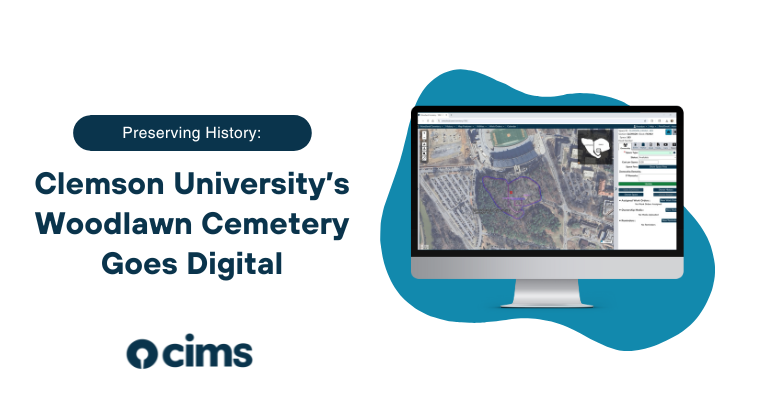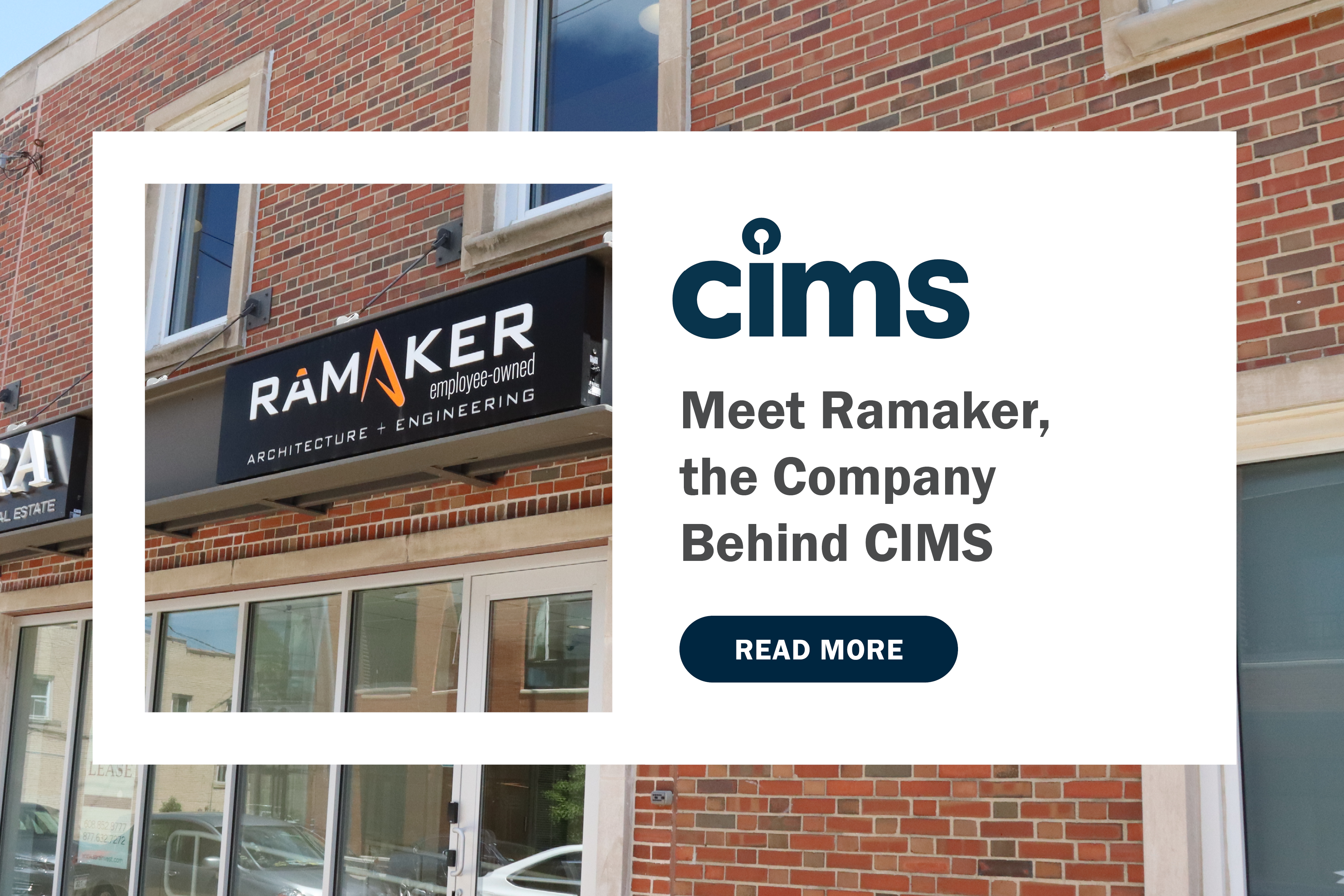Preserving History: Clemson University’s Woodlawn Cemetery Goes Digital

In 1922, Clemson University’s president, Walter Merritt Riggs, came up with the idea to develop a faculty cemetery to honor college staff for their years of service. The Board approved the idea two years later, and they chose a location for the cemetery next to the Calhoun family burial plots. Before it became the Clemson University campus, the site belonged to John C. Calhoun’s Fort Hill plantation. Calhoun’s daughter Anna Maria married Thomas Green Clemson, who founded the University in 1889.
In 2023, Clemson University decided to modernize Woodland Cemetery. This 15.5-acre burial ground has deep historical significance, with hundreds of unmarked graves likely belonging to formerly enslaved people. The project moved from initial inquiry through RFP and mapping to a live, searchable system in under two years, preserving this important history while improving operational management for current interments.

Challenges
Woodland Cemetery sits directly adjacent to Clemson’s football stadium and is one of several cemeteries managed by the university. The site contains a complex mix of marked and unmarked graves; many burial spaces are undocumented or associated with enslaved people, while more recent interments are for university staff and their family members. University staff approached CIMS seeking a respectful, accurate way to document and manage the site.

Project Scope and Selection
Clemson issued a formal RFP in May 2024. CIMS competed against other cemetery software providers and won the contract in part because of accessibility improvements made to our Burial Search add-on earlier that summer. The university’s goals were clear: create a reliable digital inventory, incorporate noninvasive grave‑location data, and support ongoing operational use of the cemetery.

Implementation
Working with Clemson’s team, CIMS integrated Ground Penetrating Radar (GPR) results into the cemetery map to locate previously unknown graves and to reduce uncertainty around unmarked spaces. Over several months, the project team completed comprehensive mapping and attached metadata for plots and burials. After final validation, the system went live in April 2025.
The deployed CIMS Platinum system delivers a mapped, searchable inventory that improves day-to-day operations and helps protect the cemetery’s history. GPR-informed mapping increased confidence in plot locations, improving the accuracy of interment planning and recordkeeping. The accessibility enhancements in Burial Search make records searchable by a broader audience, and digitization helps ensure the site’s historical context is preserved for future research and continued stewardship.
Clemson’s Woodland Cemetery project demonstrates how sensitive historical sites can be honored with the implementation of thoughtful technology, combining noninvasive fieldwork with accessible, searchable records. If your cemetery or heritage site faces similar challenges, such as unmarked graves, fragmented records, or a need for more inclusive access, contact CIMS to discuss how our mapping, GPR integration, and accessibility features can protect history and streamline operations.


